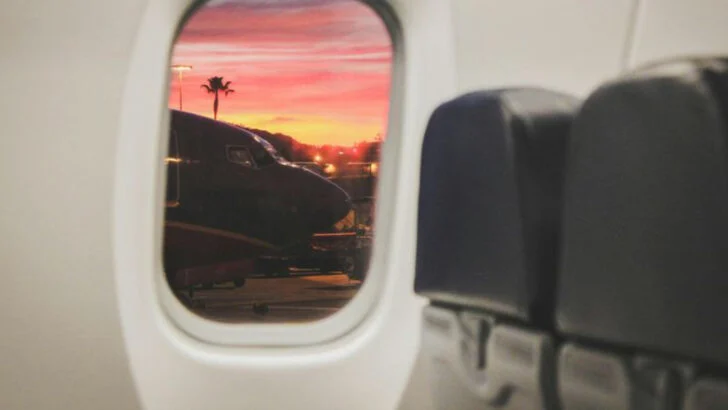Traveling from New York (JFK) to Singapore (SIN) on the world’s longest flight can be daunting.
Here are 10 ways travelers stay comfortable over such an extended journey.
Choose the Right Seat

Selecting the perfect seat on a 19-hour flight can be a game-changer. Many opt for aisle seats, which allow easier movement and access to the restroom. Some prefer extra-legroom seats, providing ample space to stretch.
The ability to move freely prevents that boxed-in feeling that can make long flights unbearable. Such choices can significantly enhance comfort and flexibility.
A simple decision like seat selection can lead to a more pleasant and less claustrophobic journey, making it more manageable and enjoyable.
Hydrate Before and During the Flight

Hydration is key to combating the dry cabin air. Passengers often start drinking water well before departure to avoid dehydration.
Sipping water consistently throughout the flight helps prevent headaches and fatigue. Staying hydrated can also aid in digestion and maintaining energy levels.
It’s a small but effective strategy to enhance comfort and wellness during such an extensive journey.
Pack a Personal Comfort Kit
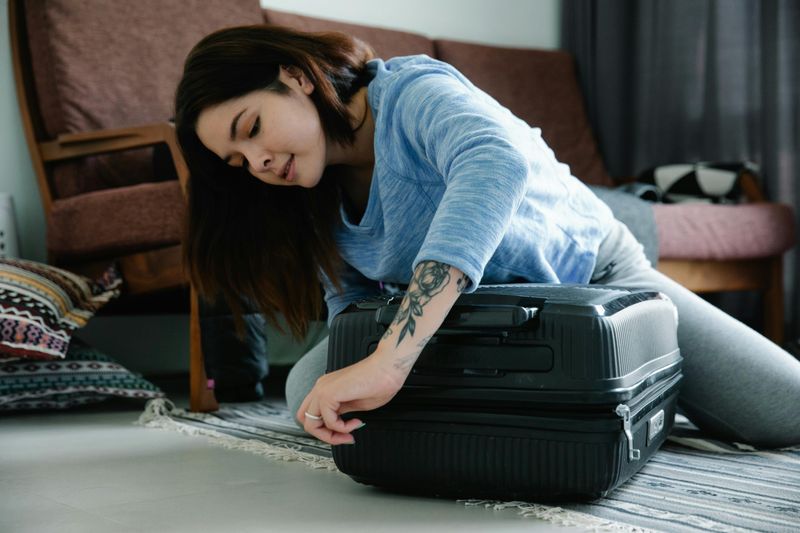
A personal comfort kit can be a lifeline on long flights. Frequent flyers pack essentials such as compression socks, moisturizers, and lip balm.
These items counter the dryness and discomfort of cabin air. Adding a neck pillow and eye mask can significantly improve rest quality.
This personalized kit ensures travelers have everything needed for a more relaxed and rejuvenating experience.
Adjust Their Sleep Schedule Ahead of Time

Preparing for the time difference can ease jet lag. Travelers often adjust their sleep schedule by a few hours before the flight.
Syncing with Singapore time gradually helps minimize disorientation upon arrival. This proactive approach allows the body to acclimate more smoothly, reducing the harsh effects of shifting time zones.
Such foresight can make the transition less jarring and more comfortable.
Move and Stretch Regularly

Regular movement is crucial for circulation on long flights. Travelers often walk the aisles or perform simple stretches every few hours.
These actions help reduce stiffness and improve blood flow. Simple ankle rolls or calf stretches can prevent discomfort and enhance overall well-being.
Keeping active, even in small ways, contributes to a healthier and more pleasant flying experience.
Eat Light, Balanced Meals

Eating light and balanced meals can prevent bloating and sluggishness. Many travelers avoid greasy foods and limit alcohol intake to stay energized and hydrated.
Balanced meals help maintain comfort and wellness, allowing passengers to feel more refreshed upon arrival.
This mindful approach to eating can mitigate the infamous “ultra-long-haul crash.”
Dress in Breathable Layers
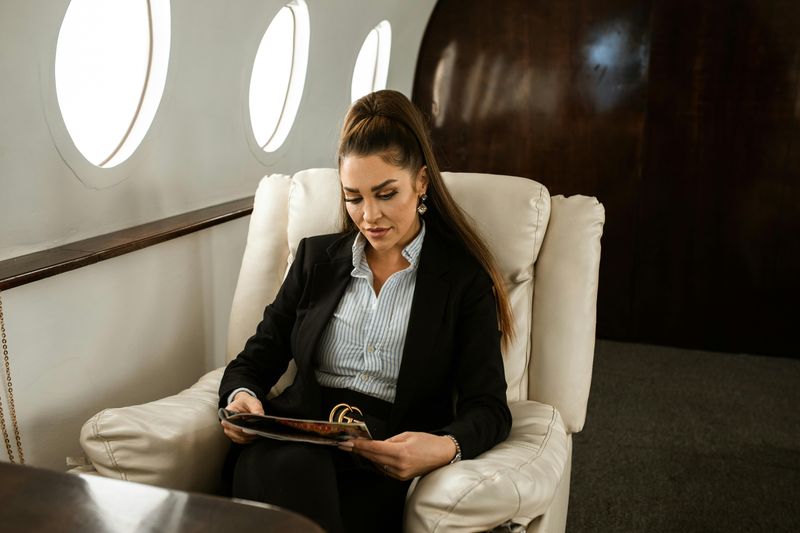
Dressing in layers ensures comfort amidst fluctuating cabin temperatures. Breathable fabrics provide adaptability and warmth when needed.
Passengers often choose outfits that allow easy adjustment. Layering can make the journey more comfortable and less stifling, allowing travelers to remain cozy without overheating.
This strategy is both practical and effective for long-haul flights.
Use Noise-Canceling Headphones for Better Sleep

Creating a peaceful environment is possible with noise-canceling headphones. These block out engine noise and cabin chatter, enabling restful sleep.
Travelers find it easier to relax and unwind, leading to a more refreshing experience. Quality rest can make a significant difference in handling a long journey, turning it from exhausting to manageable.
It’s a worthwhile investment for any frequent flyer.
Create Their Own Entertainment Mix
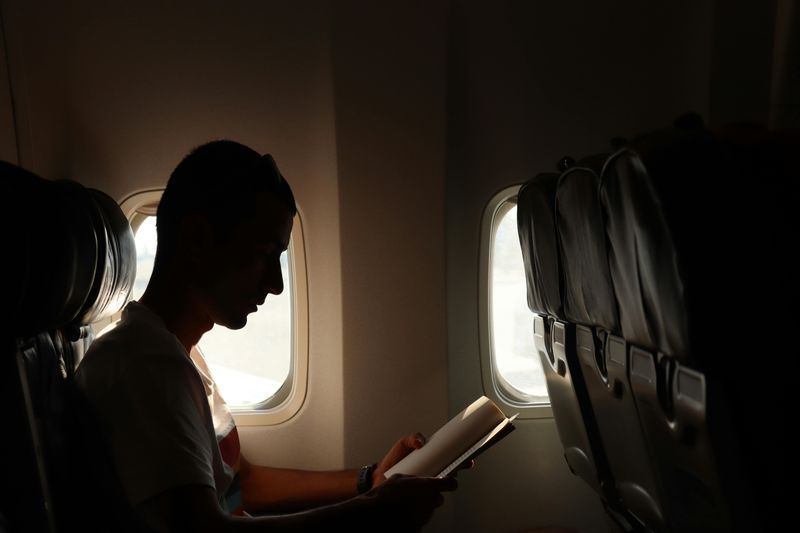
Avoiding screen fatigue is possible with a varied entertainment mix. Passengers bring podcasts, audiobooks, or downloaded shows to break up monotony.
Offline work or engaging books also provide an enriching distraction. Having diverse options keeps the mind engaged, reducing boredom and making the flight seem shorter.
This tailored entertainment ensures a more enjoyable journey.
Practice Relaxation or Mindfulness Techniques
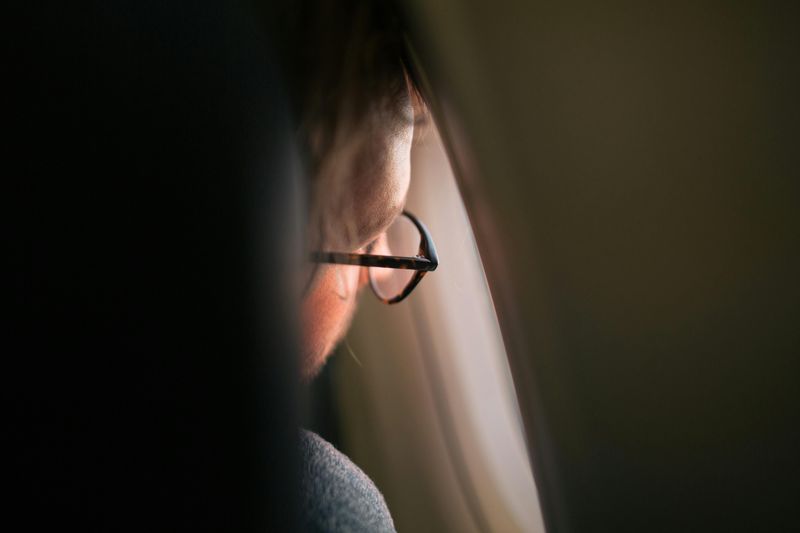
Calm the mind with relaxation techniques using meditation apps or calming music. These practices reduce stress and restlessness, creating a more serene journey.
Deep breathing exercises can also help maintain focus and peace.
Engaging in such mindfulness techniques can make the long flight feel less overwhelming and more tranquil.

